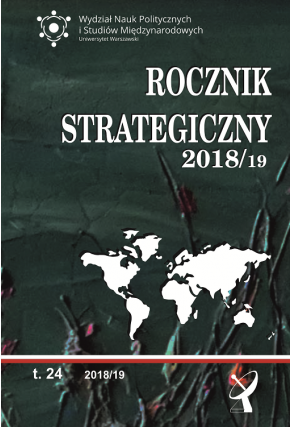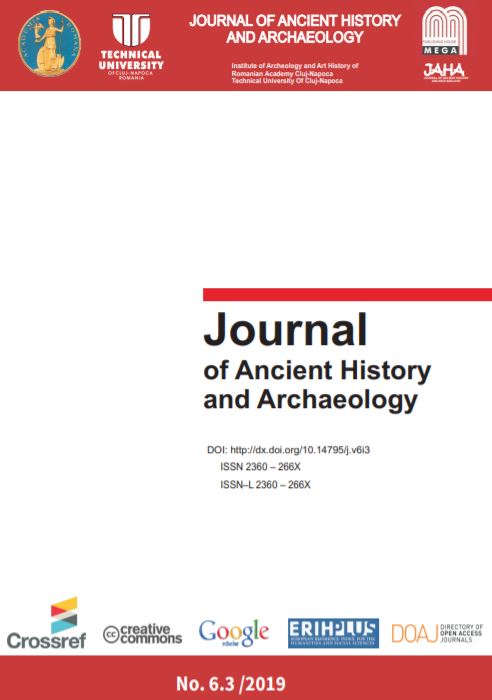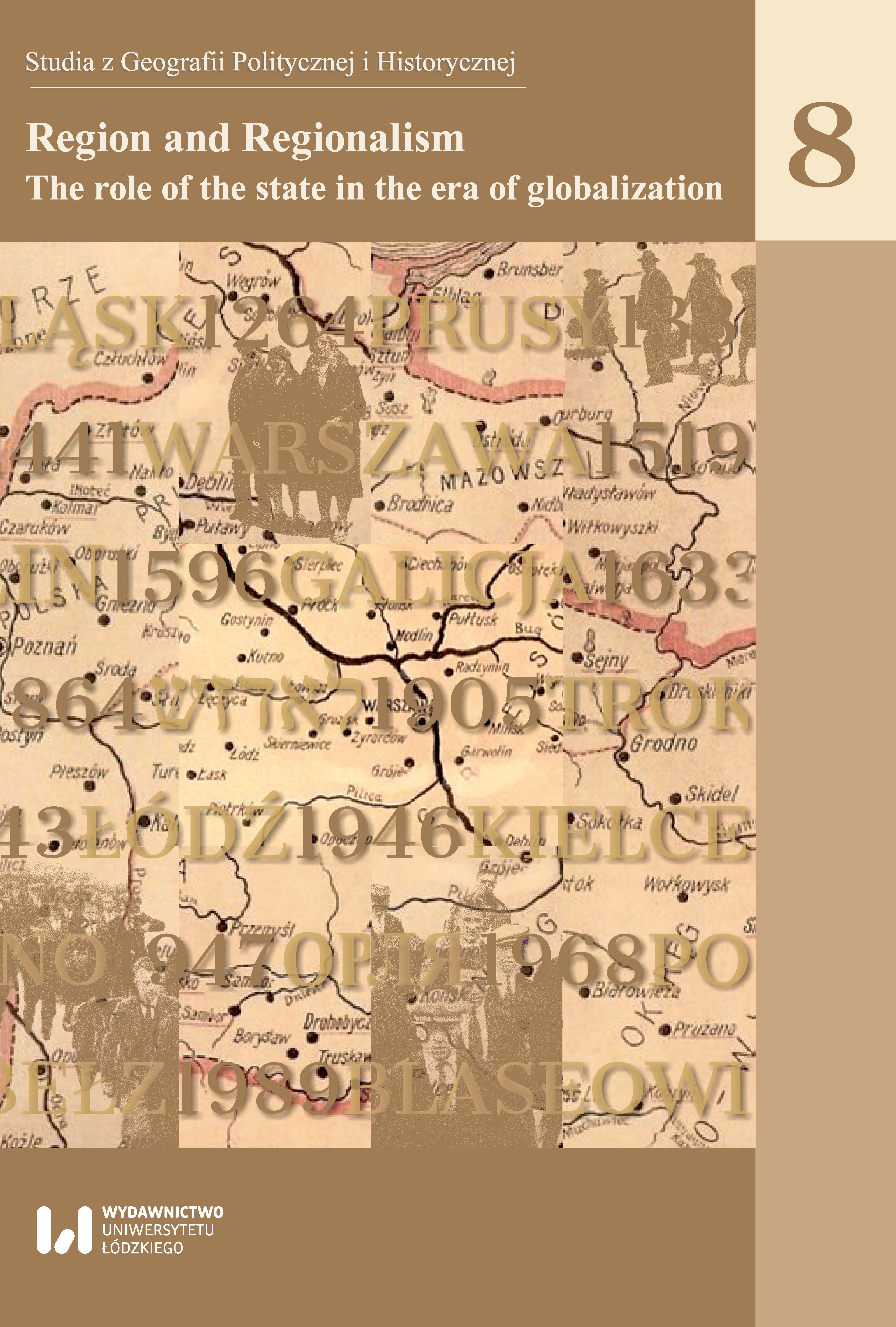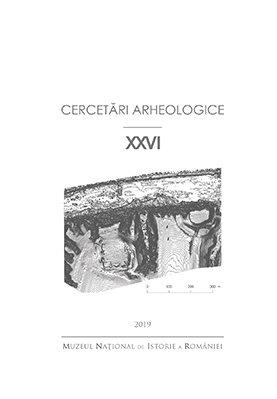Brățări bizantine și post bizantine din metal și sticlă descoperite la nordul Dunării de Jos. Context, modele, cronologie (secolele XI-XII/începutul secolului al XIII-lea)
Author(s): Silviu Ion Oța / Language(s): Romanian
/ Issue: 1/2019
Keywords: bracelets; graves; settlements; glass; bronze;
The issue of Byzantine bracelets dated in the 11th – 12th (early 13th) centuries found in the north-Danubian area is less debated in the archaeological literature. The time span chosen for this analysis begins with the Reconquista of the Balkan Peninsula by the Byzantine Empire during Vasile/Basil the Second`s reign (976-1025) and the years 1232-1233, when the Banat of Severin was created and the north-Danubian lands were lost by the Second Vlach-Bulgarian Czardom. It is a period archaeologically defined by occurrences of the Byzantine material culture, typical for the Comnen dynasty period, extended in the north-Danubian regions until the beginning of the fourth decade of the 13th century. The number of such adornments is a significant one – such bracelets were found in 32 sites (most of them concentrated in the Banat and Oltenia, but there are some items found in Crișana, Transylvania, Muntenia and Moldavia too), to which adds items from four museum collections.These have been discovered in cemeteries and settlements (Gornea-Zomoniță and Țărmuri, Miercurea Sibiului, Bragadiru, Dodești-Vaslui, Berzovia-Pătruieni and treasures (Duplijaja). Some items were stray finds (Pančevo, Orlea, Izvoarele, Ferigele, Kelebija-Templomhegy, Hajdukovo-Zadruga, Botoš-Mlaka, and Živančevitha dolja).The bracelets of Byzantine tradition were made of glass and bronze, the latest cast, strip or twisted wires. The manufacturing techniques vary according to the material used (glass, bronze or copper). Taking into account the territorial distribution of the bracelets manufactured at the south of the Danube but found in the north-Danubian regions, we can complete the image of the area of Byzantine influence, on the one hand, and on the other, the image of the communities who have maintained exchange relations and not only with the Byzantine Empire in the 11th-12th centuries and then with the Second Vlach-Bulgarian Czardom. Their discovery in cemeteries, settlements, treasures and stray finds attests their large distribution in a milieu where they were frequently used. Broadly, these are the same regions where other Balkan adornments were found, namely earrings, tiara plates and rings.The issue of Byzantine bracelets dated in the 11th – 12th (early 13th) centuries found in the north-Danubian area is less debated in the archaeological literature. The time span chosen for this analysis begins with the Reconquista of the Balkan Peninsula by the Byzantine Empire during Vasile/Basil the Second`s reign (976-1025) and the years 1232-1233, when the Banat of Severin was created and the north-Danubian lands were lost by the Second Vlach-Bulgarian Czardom. It is a period archaeologically defined by occurrences of the Byzantine material culture, typical for the Comnen dynasty period, extended in the north-Danubian regions until the beginning of the fourth decade of the 13th century. The number of such adornments is a significant one – such bracelets were found in 32 sites (most of them concentrated in the Banat and Oltenia, but there are some items found in Crișana, Transylvania, Muntenia and Moldavia too), to which adds items from four museum collections.These have been discovered in cemeteries and settlements (Gornea-Zomoniță and Țărmuri, Miercurea Sibiului, Bragadiru, Dodești-Vaslui, Berzovia-Pătruieni and treasures (Duplijaja). Some items were stray finds (Pančevo, Orlea, Izvoarele, Ferigele, Kelebija-Templomhegy, Hajdukovo-Zadruga, Botoš-Mlaka, and Živančevitha dolja).The bracelets of Byzantine tradition were made of glass and bronze, the latest cast, strip or twisted wires. The manufacturing techniques vary according to the material used (glass, bronze or copper). Taking into account the territorial distribution of the bracelets manufactured at the south of the Danube but found in the north-Danubian regions, we can complete the image of the area of Byzantine influence, on the one hand, and on the other, the image of the communities who have maintained exchange relations and not only with the Byzantine Empire in the 11th-12th centuries and then with the Second Vlach-Bulgarian Czardom. Their discovery in cemeteries, settlements, treasures and stray finds attests their large distribution in a milieu where they were frequently used. Broadly, these are the same regions where other Balkan adornments were found, namely earrings, tiara plates and rings.
More...

















